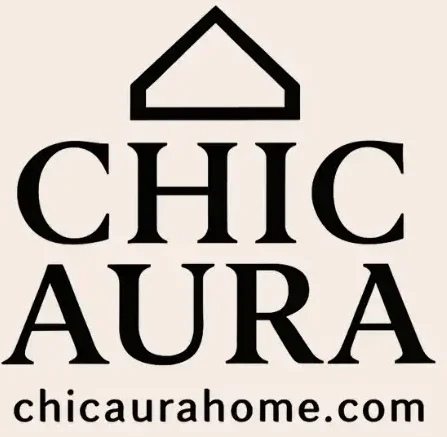
The Victorian farmhouse style combines the elegance of Victorian architecture with the rustic charm of farmhouse living, creating a timeless aesthetic that’s both luxurious and cozy. This unique blend has surged in popularity, offering homeowners a way to infuse their spaces with character and history. Whether you’re renovating an old farmhouse or incorporating Victorian farmhouse elements into a modern home, understanding the key features of this style can help you achieve a look that’s both authentic and breathtaking. In this article, we’ll explore the essentials of Victorian farmhouse design, from architectural details to interior decor, and provide you with practical tips to bring this enchanting style into your own home.
Victorian Farmhouse Architecture: A Blend of Elegance and Rusticity
Victorian farmhouses are known for their distinctive architectural features, including steep gabled roofs, ornate trim, and expansive porches. These elements reflect the Victorian era's love for detail and the farmhouse's practical, rural roots. Incorporating these features into your home can add instant charm and character. For inspiration, check out this high-authority blog on Victorian architecture. Additionally, consider the layout; Victorian farmhouses often feature asymmetrical designs with multiple stories, providing ample space for both living and entertaining.
Decorating Your Victorian Farmhouse: Tips and Tricks
The interior of a Victorian farmhouse should strike a balance between Victorian opulence and farmhouse simplicity. Think plush velvet sofas paired with rustic wooden tables, or intricate wallpaper patterns alongside bare, whitewashed walls. Lighting is another crucial element; antique chandeliers can add a touch of Victorian luxury, while lantern-style fixtures keep the vibe grounded and farmhouse-friendly. For more decorating ideas, visit our Interiors And Styling section. Remember, the key is to mix textures and periods thoughtfully to create a cohesive look.
The Color Palette of a Victorian Farmhouse: Choosing the Right Hues
Color plays a pivotal role in achieving the Victorian farmhouse aesthetic. Traditional Victorian homes often feature rich, dark colors like burgundy, navy, and forest green, while farmhouse styles lean towards lighter, airier shades such as cream, soft gray, and pale blue. Combining these palettes can result in a space that feels both bold and serene. Consider using darker colors for accent walls or furniture and lighter shades for larger surfaces to maintain balance. Don't be afraid to experiment with wallpaper; floral and geometric patterns can add depth and interest to any room.
Conclusion
The Victorian farmhouse style offers a unique opportunity to blend historical elegance with rustic charm, creating spaces that are both beautiful and functional. By focusing on architectural details, thoughtful decor, and a balanced color palette, you can transform your home into a stunning reflection of this beloved aesthetic. As trends continue to evolve, the Victorian farmhouse style remains a timeless choice for those looking to infuse their homes with character and warmth. Whether you're undertaking a full renovation or simply updating your decor, the principles outlined in this article can guide you toward creating a space that's uniquely yours. Remember, the best homes tell a story, and a Victorian farmhouse is a narrative rich with history, beauty, and comfort.
Frequently Asked Questions
Q: What makes a home a Victorian farmhouse?
A Victorian farmhouse combines the ornate architectural details of the Victorian era with the practical, rustic elements of a farmhouse. Key features include steep gabled roofs, ornate trim, and a mix of luxurious and simple materials.
Q: Can I incorporate Victorian farmhouse elements into a modern home?
Absolutely! You can blend Victorian farmhouse charm into a modern home by incorporating key elements like antique furniture, ornate light fixtures, and a mix of rich and light colors to balance opulence with simplicity.
Q: Where can I find inspiration for Victorian farmhouse decor?
Inspiration can be found in historical architecture books, home decor magazines, and online resources. Visiting antique shops and flea markets can also provide unique pieces that embody the Victorian farmhouse aesthetic.
